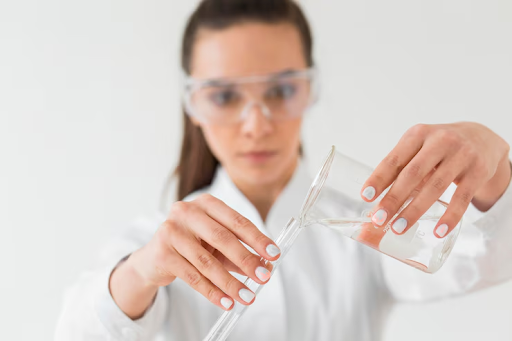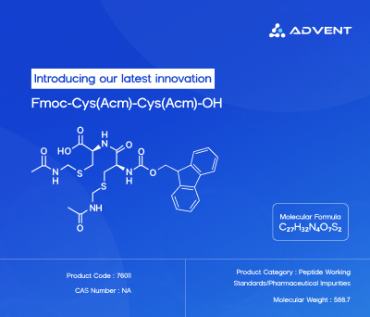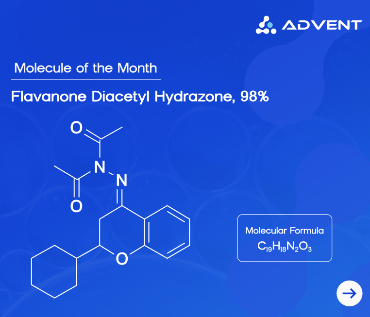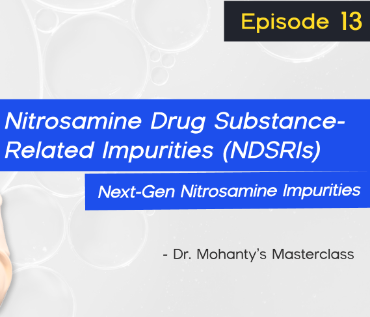Ever blamed a glass of wine for your morning headache? Chances are, acetaldehyde is the real troublemaker. This colorless liquid forms in your body when alcohol is broken down, and it’s notorious for triggering hangovers. But outside the body, in the world of chemistry and industry, acetaldehyde has a far more respectable role—one that touches everything from plastics and paints to cosmetics and pharmaceuticals.
And when purity matters—especially for applications in fine chemicals, pharma intermediates, or specialty coatings—Advent’s high-purity acetaldehyde is often the industry’s go-to choice.
So, how exactly is acetaldehyde made on an industrial scale? Let’s peel back the curtain and explore its production, step by step.
Step 1: Picking the Route—Ethanol or Ethylene?
Industrial production of acetaldehyde typically follows one of two routes:
Oxidation of Ethanol
Wacker Process (Oxidation of Ethylene)
Each method has its merits. The ethanol route is favored in regions with bioethanol surplus, while the ethylene method is more aligned with petrochemical-rich zones. For manufacturers like Advent, the method is optimized not just for efficiency but also for ultra-high purity output, meeting global regulatory and quality standards.
Step 2: Ethanol Oxidation Process
This is a classic and widely used method:
Raw Material Feeding: Ethanol and air are introduced into the reactor.
Catalyst Reaction: The mixture passes over a heated copper catalyst at around 260–300°C.
Main Reaction: C2H5OH+1/2O2→CH3CHO+H2O
Cooling and Collection: The vapor stream is cooled and condensed to separate acetaldehyde from water and any unreacted ethanol.
Purification: Advent employs advanced distillation and filtration systems to produce high-purity acetaldehyde, free from contaminants and trace impurities.
Step 3: Wacker Process (Ethylene Oxidation)
This process is often preferred for large-scale petrochemical operations:
Reactants: Ethylene, water, and oxygen.
Catalytic Reaction: Involves palladium chloride (PdCl₂) and copper chloride (CuCl₂) as co-catalysts.
Reaction Mechanism: C2H4+PdCl2+H2O→CH3CHO+Pd+2HC
Catalyst Regeneration: Copper chloride reoxidizes palladium, enabling continuous operation.
Product Recovery: The acetaldehyde is condensed, separated, and purified.
Step 4: Final Purification and Storage
For companies like Advent, the final step is where precision counts. Using proprietary purification systems and stringent quality checks, they deliver ultra-high-purity acetaldehyde that meets demanding industrial and pharmaceutical standards. The product is then stored in inert, stainless steel containers under nitrogen to prevent oxidation.
From Grape Villain to Industry Hero
From causing headaches after a party to becoming a critical ingredient in life-saving drugs and innovative materials, acetaldehyde has a dual identity. And while your body might not be its biggest fan, industries across the world rely on it—especially in its highest purity form, as produced by Advent. It is available in LR(93001) and GC standard(98343) grades. For more information, visit our website or contact us today!
So the next time someone grumbles about a hangover, you can smile knowingly and say, “Ah yes, acetaldehyde—I know how that one’s made.”




